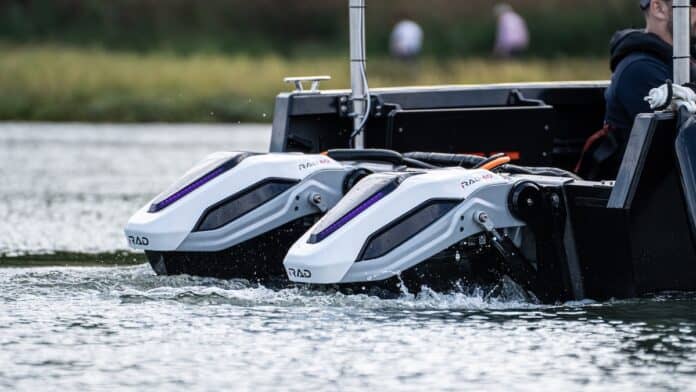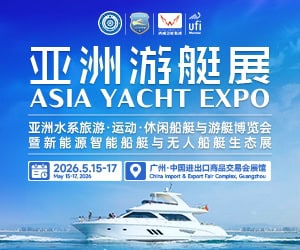Arksen and RAD Propulsion are to collaborate to co-develop a series of advanced vessel–propulsion platforms.
The vessels will pair Arksen’s vessel architecture with RAD Propulsion’s electric drive and autonomy systems with the aim of bringing to market a new class of clean, intelligent, and proficient marine craft.
The companies say the partnership marks a step forward in the marine industry’s transition towards decarbonisation and smarter vessel operations.
By combining forces, Arksen and RAD Propulsion will create integrated solutions that are designed to be environmentally responsible, while also offering performance, reliability, and adaptability.
the partnership will push the boundaries on what’s possible for electric-powered vessels in remote and challenging environments.
Dan Hook
“This is a big leap,” explained Jasper Smith, Arksen founder.
“We’re thrilled to join forces with RAD Propulsion, whose innovation in power and autonomy aligns perfectly with our mission to craft more sustainable, resilient marine systems.
“Together, we’re creating vessels that will lead the market, from ocean tourism to tactical operations.”
The partnership will initially have three active development projects:
· A rugged inflatable boat featuring RAD Propulsion’s Power console, a fully integrated, cable-free helm system tailored for eco-tourism and cruise operators and defence applications.
· A next-gen RHIB platform optimised for RAD’s latest electric drive systems.
· Custom variations for autonomous patrol boats, tactical craft, and U.S. market pontoons, designed for mission-specific performance and scalability.
Lasting and positive impact
“By integrating RAD Propulsion’s technology, the partnership will push the boundaries on what’s possible for electric-powered vessels in remote and challenging environments, reducing the reliance on fossil fuels,” explained Dan Hook, CEO of RAD Propulsion.
“Arksen’s design and market reach, combined with our propulsion and autonomy stack, makes for a powerful offering across the marine landscape.
“Both companies are also committed to ensuring that this collaboration has a lasting positive impact on the environment, aligning with the growing demand for green energy.”
The partnership will include a joint working party driving monthly development goals, market strategies, and prototyping.
The companies aim to maintain at least three active development projects at all times.






